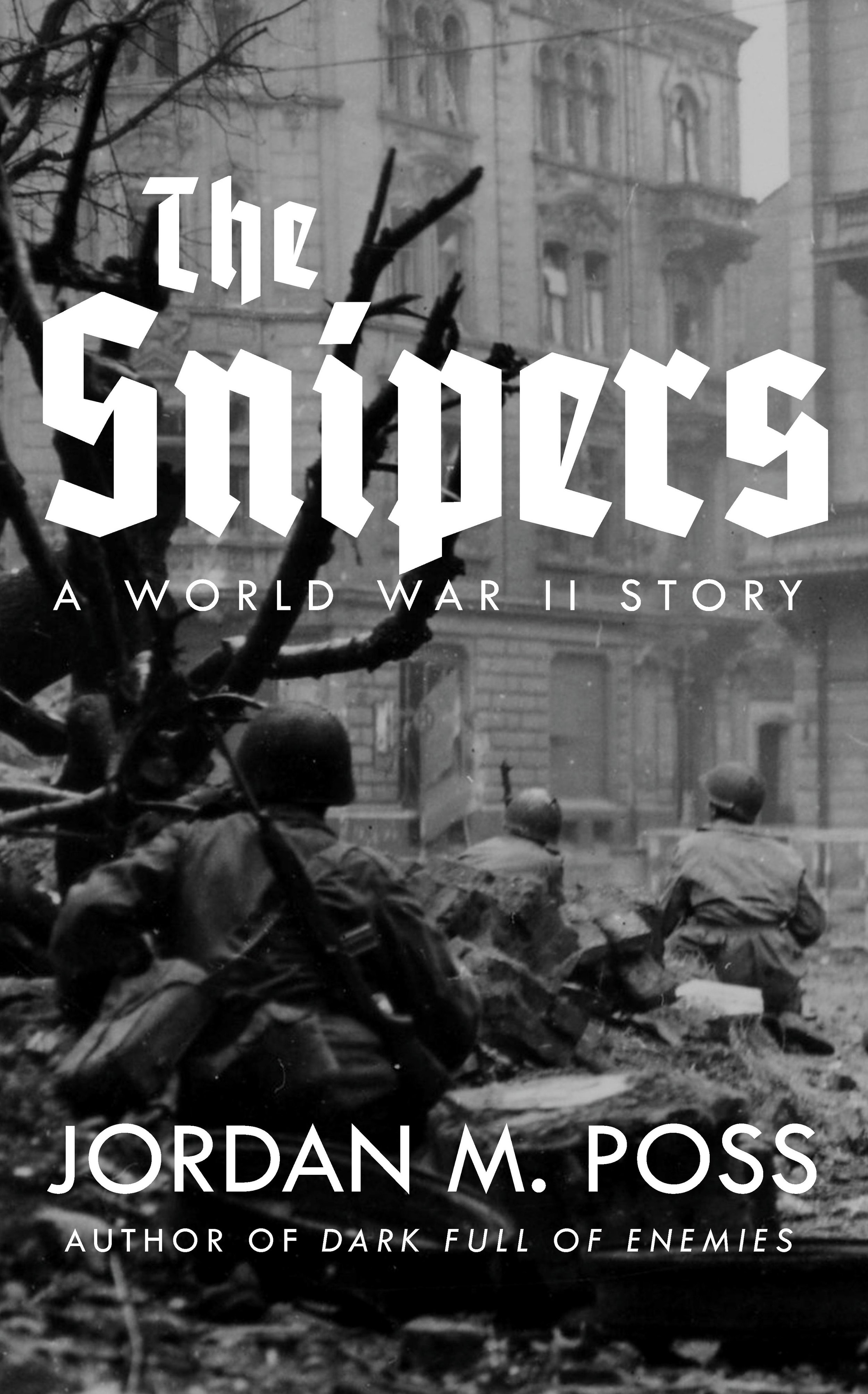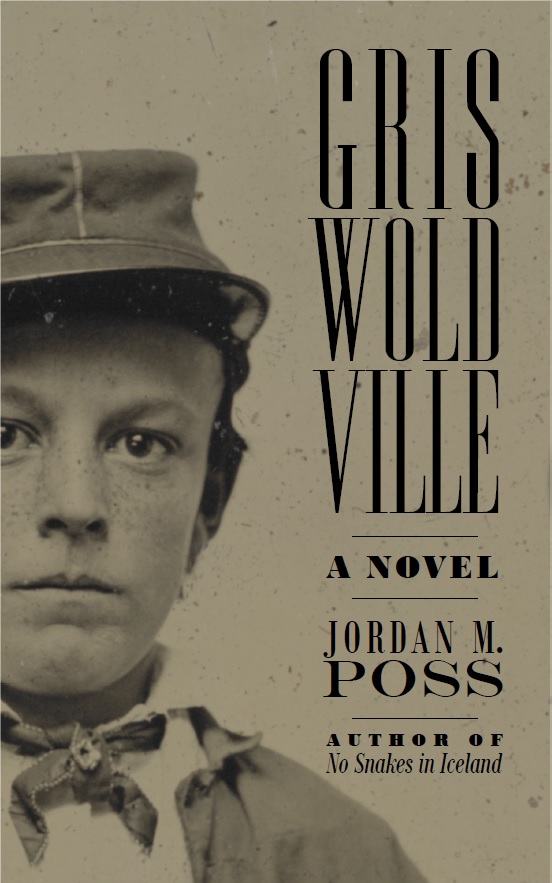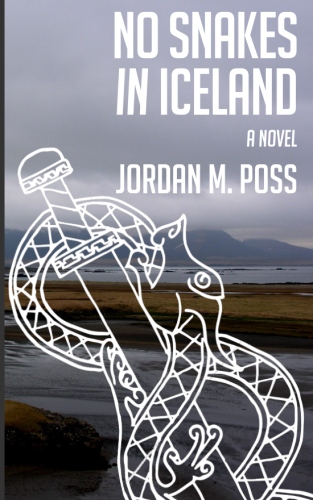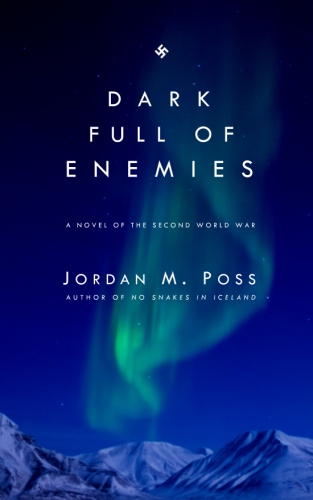Napoleon
/Scope: Napoleon Bonaparte (Joaquin Phoenix) invades Egypt in Ridley Scott’s Napoleon
Back in the summer I briefly meditated on scope and depth as storytelling principles. Not every novel or film can afford to have scope, the sweeping vision of epic fantasy and high historical drama, but every story should have depth. Should. Ridley Scott’s Napoleon may be the ultimate example of scope without depth.
Beginning with the execution of Marie Antoinette during the Jacobin Terror, Napoleon follows its main character (Joaquin Phoenix) through his first campaigns as a young officer—storming the British-held fortress at the port of Toulon, invading Egypt—and into the political machinations, plotting, and blunt strong-arming that elevated him not only to highest ranks of the French Republic’s army but to the throne as Emperor. During this ten-year segment, he meets, woos, marries, is betrayed by, and himself betrays the older widow Joséphine de Beauharnais (Vanessa Kirby), the first act of a tumultuous and unpleasant lifelong relationship.
The second half of the film, covering another eleven years, charts Bonaparte’s greatest triumphs—victory over the Austrians and the Holy Roman Empire, alliance with Russia—as well as his two downfalls: first after the disastrous invasion of Russia and his exile to Elba, second after his return to the throne and “the Hundred Days,” the campaign that ended at Waterloo and with a final exile to the farthest reaches of the South Atlantic. It also dramatizes the collapse of his marriage to Joséphine, his remarriage to an Austrian archduchess, and Joséphine’s loneliness and death. A brief coda on Saint Helena, subtly suggesting the theory that Bonaparte was poisoned, ends the film.
In all, Napoleon covers 27 years in the life of one of the busiest, most important, and most complicated figures in modern history. And with Ridley Scott directing, the film has scope in abundance. From the drawing rooms of Paris and the deserts of Egypt to the battlefields of central Europe and the freezing steppes of Russia, and with energetic, powerful battle scenes featuring hundreds of extras, galloping horses, and thunderous explosions, Napoleon is visually stunning.
What Napoleon does not have, unfortunately, is depth. It can only offer a whirlwind tour of some of the most important moments of Bonaparte’s long and brutal career—Toulon, the Royalist uprising of 13 Vendémiaire, the Egyptian campaign, his coronation, Austerlitz, Borodino, Waterloo, and negotiations galore—as well as a breathless, simplified account of his tempestuous and unfaithful marriage to Joséphine.
This would not in itself be bad, if it could at least suggest depth, but most of the events of the film have been simplified to the point that they misrepresent what happened. One would think, based on Napoleon, that Bonaparte abandoned the campaign in Egypt just because he was jealous of the cheating Joséphine, or that he was deposed and exiled by his own people immediately after returning from Russia. In fact, he was far from done—the biggest battle ever fought in Europe to that point occurred between his Russian campaign and exile, a battle that doesn’t even make the casualty list in the closing credits.
All of which could, again, be forgivable, since Scott was apparently more interested in crafting a character study punctuated by violent battles, but the characters themselves are presented in the same shallow manner. This is especially evident in the film’s treatment of the central relationship between Bonaparte and Joséphine. Though just as canny, calculating, and amoral a user as Bonaparte, the film presents Joséphine as a doe-eyed victim. Bonaparte, once the naïve puppy dog stage of his obsession with Joséphine has been ended by her infidelity, spends the rest of the film as a randy nerd. (This particular aspect is not inaccurate but it’s hardly the full picture.) These were two nasty, deeply unpleasant characters, and a deeper, more honest portrayal could have made an interesting study of a relationship that genuinely deserves the cliché “toxic.”
Part of the problem may be cuts made to get the film to theatrical length. Scott has, annoyingly, already trumpeted the existence of a theoretically superior director’s cut that is more than two hours longer and that apparently includes more relationship drama. That could well smooth out the choppy middle of the film and allow more time for us to understand these two.
But another part of the problem is Joaquin Phoenix as Bonaparte. To my surprise, I wasn’t bothered by Phoenix’s age (he’s about the age now that the real Bonaparte was when he died, making him more than twice the right age for the siege of Toulon at the beginning of the film), though Kirby’s far more youthful looks obscure the fact that Joséphine was the older and worldlier of the two by six years. What did bother me was that Phoenix’s performance never gelled into a believable portrait of a single individual. In some scenes he’s brilliant, capturing his insight, confidence, and bluff, rough humor, and his scenes with Joséphine are realistically uncomfortable, vacillating as Bonaparte does between childish infatuation, coldness, frat boy lust, and cruelty. But missing from the entire film is any sense of the charisma and drive that united all of these other Napoleons and that unmistakably come through in any book about the man. Napoleon tells you a lot about Bonaparte, but not why anyone would follow him, much less admire him.
Again, perhaps more footage would help, though one wishes the director would just release a coherent film and not lean on the crutch of the after-the-fact director’s cut.
The film’s lack of depth also makes some of the few events it does depict incomprehensible. I am no expert on the Napoleonic era, but I wondered as I watched how well someone without even my limited understanding would be able to follow it. Not well, as it turns out. Two of the three other people I watched it with said they found it “confusing.”
I’ve dwelt on Napoleon’s flaws, but I actually did enjoy it. It’s well-shot, with moody cinematography, and certain sequences are as good as anything else Scott has directed. The scenes at Toulon, the Russian campaign—especially the burning of Moscow, when Bonaparte finally comes up against an enemy he doesn’t understand and can’t intimidate—and the Waterloo scenes are the best in the film. I had also heard that the film was unexpectedly funny; it was, with some authentically Gallic barbs exchanged. I also liked much of the score, including this haunting Kyrie that plays over the (wildly inaccurate and exaggerated) Austerlitz scene, though the film also uses the most recognizable track from Dario Marianelli’s Pride & Prejudice score twice, and in tonally inappropriate ways. As the film belongs strictly to Bonaparte and Joséphine, few other characters get a chance to shine, but Rupert Everett’s Wellington dominates his few scenes late in the film. I would like to have seen more of him. The climactic Waterloo sequence also offers a simple but effective dramatization of how the pressures of time and geography shaped Bonaparte’s choices that day, as well as the outcome.
You’ll notice that I haven’t said much about the film’s accuracy. I don’t see why anyone should bother. Not long after I critiqued some of his remarks on historical accuracy to HistoryHit’s Dan Snow, Scott demonstrated his contempt for history even more clearly in a New Yorker profile. His film deals loosely with the facts, giving Joséphine, in just one obvious example, an extra year of life so that her death coincides with Bonaparte’s return from Elba. Napoleon offers an adequate bullet-list overview of its subject’s career but shouldn’t be trusted on any specifics.
That’s a shame, a missed opportunity, but unfortunately Scott decided at some early point in his career that he need not take pains over story and Napoleon finds him true to form, arrogantly indifferent both to the truth and to the people who care about it.
Despite it all, I found Napoleon entertaining and mostly liked it. If it had depth to match its scope, and if it had a less promiscuous relationship with the facts (taking a cue from its subjects, perhaps?), it might have been great. But as it is, it’s a sometimes rousing entertainment with a few standout action scenes and a curious central performance, but little else—an interesting footnote to a storied career. Not Scott’s Waterloo, but perhaps his Saint Helena.

















